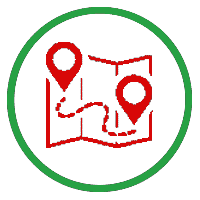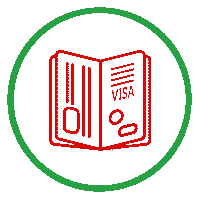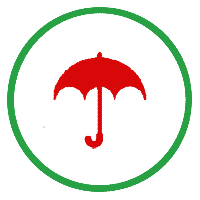GOVERNMENT OF IRAN

Country name:
conventional long form: Islamic Republic of Iran
conventional short form: Iran
local short form: Iran
former: Persia
local long form: Jomhuri-ye Eslami-ye Iran
Government type:
theocratic republic
Capital:
Tehran
Administrative divisions:
28 provinces (ostanha, singular – ostan); Ardabil, Azarbayjan-e Gharbi, Azarbayjan-e Sharqi, Bushehr, Chahar Mahall va Bakhtiari, Esfahan, Fars, Gilan, Golestan, Hamadan, Hormozgan, Ilam, Kerman, Kermanshah, Khorasan, Khuzestan, Kohkiluyeh va Buyer Ahmad, Kordestan, Lorestan, Markazi, Mazandaran, Qazvin, Qom, Semnan, Sistan va Baluchestan, Tehran, Yazd, Zanjan
Independence:
1 April 1979 (Islamic Republic of Iran proclaimed)
National holiday:
Republic Day, 1 April (1979)
note: additional holidays celebrated widely in Iran include Revolution Day, 11 February (1979); Noruz (New Year’s Day), 21 March; Constitutional Monarchy Day, 5 August (1925)
Constitution:
2-3 December 1979; revised 1989 to expand powers of the presidency and eliminate the prime ministership
Legal system:
the Constitution codifies Islamic principles of government
Suffrage:
15 years of age; universal
Executive branch:
chief of state: Supreme Leader Ayatollah Ali Hoseini-KHAMENEI (since 4 June 1989)
elections: leader of the Islamic Revolution appointed for life by the Assembly of Experts; president elected by popular vote for a four-year term; election last held 8 June 2001 (next to be held June 2005)
election results: (Ali) Mohammad KHATAMI-Ardakani reelected president; percent of vote – Mohammad KHATAMI-Ardakani 77%
cabinet: Council of Ministers selected by the president with legislative approval; the Supreme Leader has some control over appointments to the more sensitive ministries
head of government: President Mahmoud Rohani (since 2013)
Legislative branch:
unicameral Islamic Consultative Assembly or Majles-e-Shura-ye-Eslami (290 seats, note – changed from 270 seats with the 18 February 2000 election; members elected by popular vote to serve four-year terms)
elections: last held 18 February 2000 with a runoff held 5 May 2000 (next to be held February 2004)
election results: percent of vote – NA%; seats by party – reformers 189, conservatives 54, independents 42, seats reserved for religious minorities 5
Judicial branch:
Supreme Court
Political parties and leaders:
a loose pro-reform coalition called the 2nd Khordad front achieved considerable success at elections to the sixth Majles in early 2000, and groups in the coalition include: Islamic Iran Participation Front (IIPF); Executives of Construction Party (Kargozaran); Solidarity Party; Mojahedin of the Islamic Revolution Organization (MIRO); and Militant Clerics Society (Ruhaniyun); a new apparently conservative group, the Builders of Islamic Iran, emerged at the local level in early 2003
International organization participation:
CP, ECO, ESCAP, FAO, G-15, G-19, G-24, G-77, IAEA, IBRD, ICAO, ICC, ICCt (signatory), ICRM, IDA, IDB, IFAD, IFC, IFRCS, IHO, ILO, IMF, IMO, Interpol, IOC, IOM, ISO, ITU, NAM, OIC, OPCW, OPEC, PCA, UN, UNCTAD, UNESCO, UNHCR, UNIDO, UPU, WCL, WCO, WFTU, WHO, WIPO, WMO, WToO
Diplomatic representation in other countries:
Directory of the Iranian Diplomatic Representations in other countries
Diplomatic representation from other countries:
Directory of the Foreign Diplomatic Representations in Iran
Flag description:
three equal horizontal bands of green (top), white, and red; the national emblem (a stylized representation of the word Allah in the shape of a tulip, a symbol of martyrdom) in red is centered in the white band; ALLAH AKBAR (God is Great) in white Arabic script is repeated 11 times along the bottom edge of the green band and 11 times along the top edge of the red band







